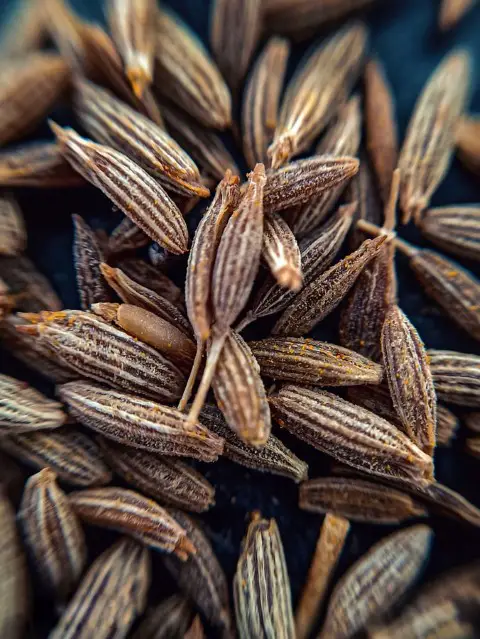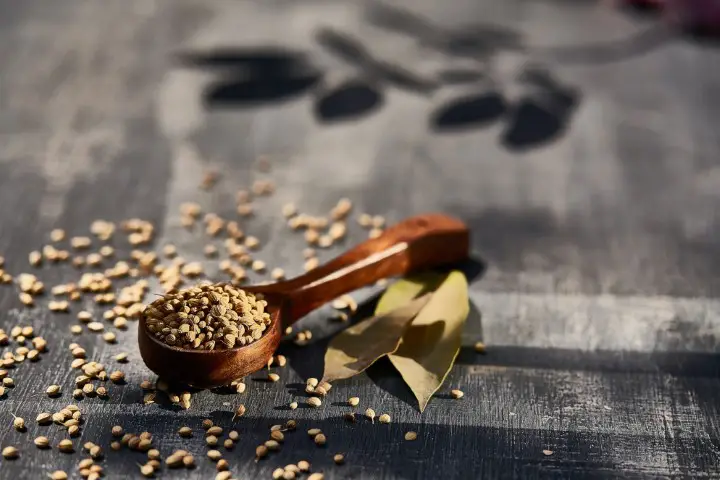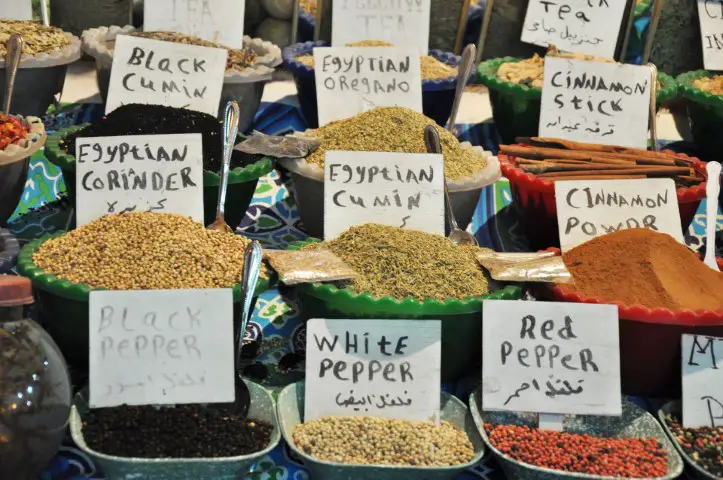Coriander vs. Cumin; although people often confuse the two, cumin and coriander are very different. These flavor-enhancing ingredients grow on different plants, and they taste quite different. Read on to learn more about the key differences between coriander and cumin.
What Is Cumin?
Cumin is a spice harvested from the seeds of the Cuminum cyminum plant. You can purchase cumin in both seed and powder form, although most people use it in its powder form. Although cumin is native in the Middle East and India, its warm, earthy flavor is a staple in a wide range of cuisines, from Mexican food to Indian and Asian food. In fact, you can usually find cumin in curry powder blends you buy at the store.
Although it is much easier to find cumin in powder form, you can still find whole cumin seeds if you shop around.
There are several things you can use cumin for:
- Cumin is a major ingredient in many taco seasonings
- In India, cumin is a strong flavor in several popular dishes
- Some natural supplements contain a small amount of cumin
Cumin may help boost your health, according to WebMD:
-
- Research has shown that cumin can limit the growth of microorganisms
- Cumin is rich in magnesium, iron, phosphorous and calcium
- Cumin contains vitamin A, B6, C, E and K
What Is Coriander?
Coriander is sort of a tricky one because it can describe two slightly different things. In the United States, people refer to the leaves and stem of the Coriandrum sativum plant as cilantro, while the seeds of the plant are known as coriander. In the rest of the world, the leaves and stems of this plant are known as coriander and the seeds are simply known as coriander seeds.

One interesting thing about coriander is that you can get it in a handful of different forms. While many people use coriander leaves and stems (or cilantro) fresh in dishes, you can also purchase dried leaves and stems in the spice aisle at your local grocery store. Most grocery stores also carry coriander seeds in the spice aisle.
You can toast coriander seeds and grind them into a powder. You can use the leaves and stems as a garnish or topping or mixed into salsa and similar dishes. Here are some of the most common uses for coriander:
- Coriander leaves and stems are frequently used in Mexican dishes, such as tacos and burritos
- The leaves and stems of coriander are one of the major ingredients in pico de gallo or salsa fresca
- You can toast and grind coriander seeds and use them to flavor dishes such as curry, meats and dips
While it’s different from cumin, coriander also offers health benefits:
- Cilantro, or coriander stems and leaves, are a good source of fiber, magnesium, iron and manganese
- Coriander leaves are rich in vitamin C and K
Coriander vs Cumin
In the debate of coriander vs cumin, the key differences are in flavor. Cumin is earthy and rich while coriander seeds are earthy with a bit of a tart, almost sweet taste. If you cook a lot of Middle Eastern and Indian food, cumin is a great choice. Coriander is a little more diverse, although you can still use it in similar dishes.
You should also consider nutritional value when deciding on coriander vs cumin. Coriander contains plenty of fiber, but cumin offers a wider range of vitamins. You can also find coriander fresh or dried, which can be difficult to do with cumin.
If you’re still not sure, buy a jar of both cumin and coriander. Try them both in a few dishes and see which one you like more. The more you experiment with these spices, the better you can use them.
